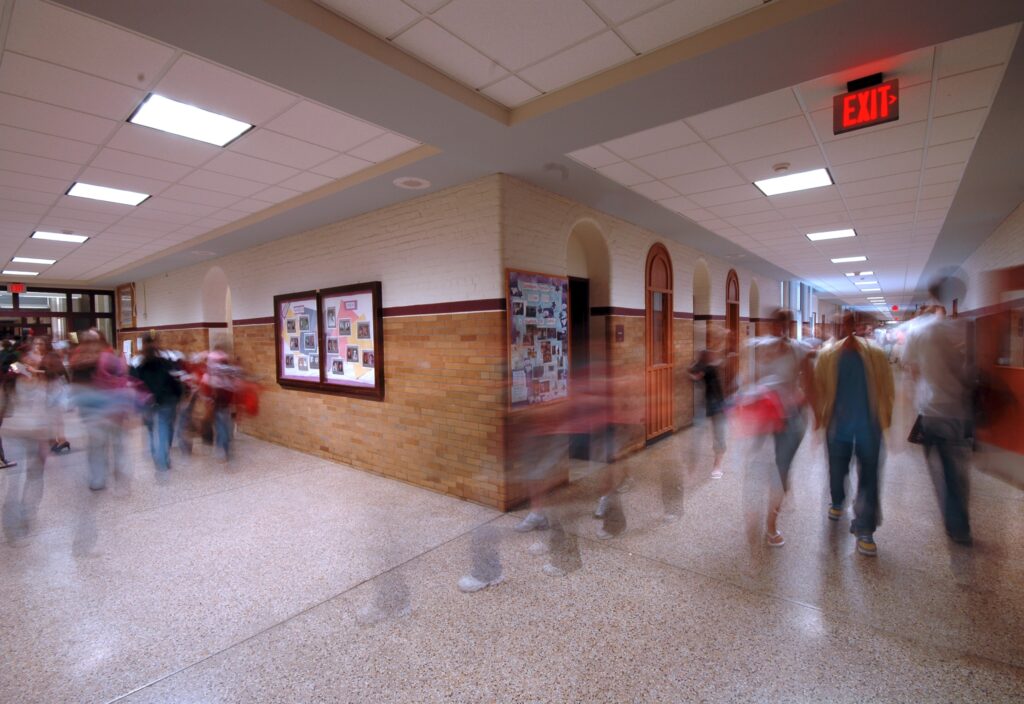All eighth-grade students in Philadelphia are encouraged to participate in the School Selection Process (SSP) to choose a school for ninth grade. Many of those eighth grade students use this opportunity to apply to one of 21 criteria-based (CB) high schools and programs (formerly known as Special Admission schools and programs). These schools and programs all have minimum requirements for students’ grades in core courses and for attendance. In addition, some schools have specialized requirements (e.g., an audition as part of an application to a specialized performing arts program, prior course completion, or a minimum score on a writing test). Previous reports have looked at the SSP process over time, including a three-part series of research reports that takes an in-depth look at four years of ninth-grade admissions (2015-16 to 2018-19) and summarized applications and admissions to ninth grade during the 2020-21 selection process (for the 2021-22 school year).
In the fall of the 2021-22 school year, changes were made to the School Selection Process, particularly with respect to rising ninth graders applying to criteria-based high schools for the 2022-23 school year.
Major changes included:
- Removal of admission criteria based on the Pennsylvania System of School Assessment (PSSA)
- Revised tiers of course grade requirements
- Use of school-level lotteries (conducted centrally by the District) to allocate initial offers of admission
- Use of two years of student data (due to the Covid-19 pandemic, this practice was first put in place for the 2020-21 SSP, and was retained for 2021-22)
- Seats for designated student groups, including students who are receiving special education services, have a physical disability plan, are English Learners, and who live in six priority zip codes
This series of reports takes an in-depth look at ninth-grade admissions for the 2022-23 school year.
The first 2021-22 School Selection report focuses on the early phases of the 2021-22 School Selection Process for eighth graders enrolled in District schools (and does not include external applicants, including students enrolled in charter schools). First, it explores the number and distribution of rising ninth grade students who met the qualification levels. Second, it explores the extent to which these students exercised their options to submit applications to CB schools. Findings include:
- Almost two-thirds (65.0%) of District eighth graders met at least the Minimum eligibility requirements for criteria-based schools (more than triple the rate in 2020-21).
- Almost two-thirds (also 65.0%) of District eighth graders submitted at least one application to a criteria-based school. Over 99% of students with High Qualifications submitted an application to a criteria-based school.
